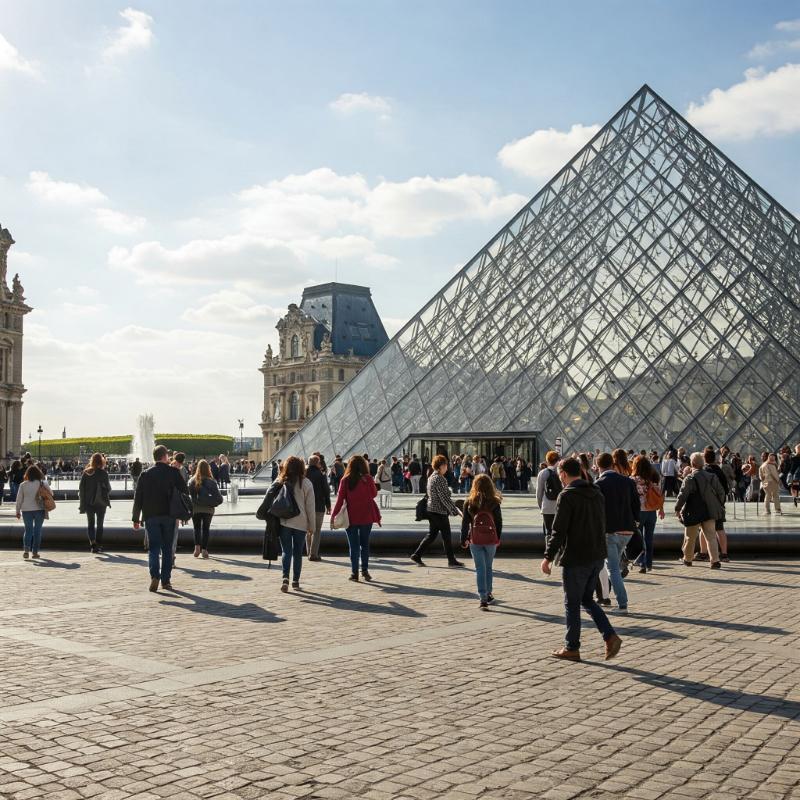The Louvre Museum in Paris is more than just an art gallery; it’s a monumental testament to history, power, and artistic evolution. Its story begins not as a museum, but as a fortress built in the late 12th century by King Philip II Augustus to defend Paris. Over centuries, it transformed into a royal palace, the opulent residence of French monarchs. Each sovereign added their touch, expanding and embellishing the structure, slowly shaping the sprawling complex we see today.
The pivotal moment in its transformation into a public museum came during the French Revolution. In 1793, the National Assembly opened the Louvre to the people, displaying works seized from royal and aristocratic collections. This act symbolized a new era, making art accessible to all citizens and positioning France as a cultural leader. Napoleon Bonaparte further enriched its collections, though many looted items were later returned.
Today, the Louvre stands as the world’s largest art museum and a historic monument. Its collections span from ancient civilizations to the mid-19th century, offering an unparalleled journey through human creativity. The iconic glass pyramid, designed by I.M. Pei and inaugurated in 1989, serves as a modern counterpoint to the historic palace, symbolizing the Louvre’s continuous evolution and its role as a bridge between the past and the present.

